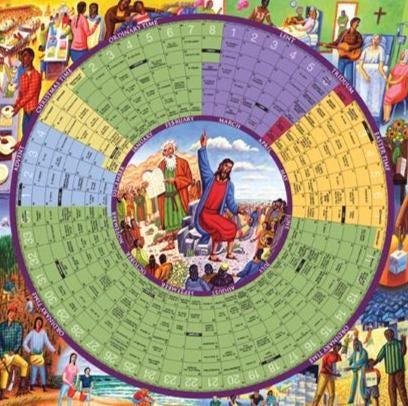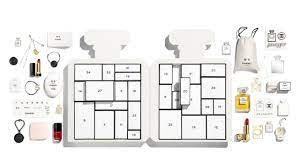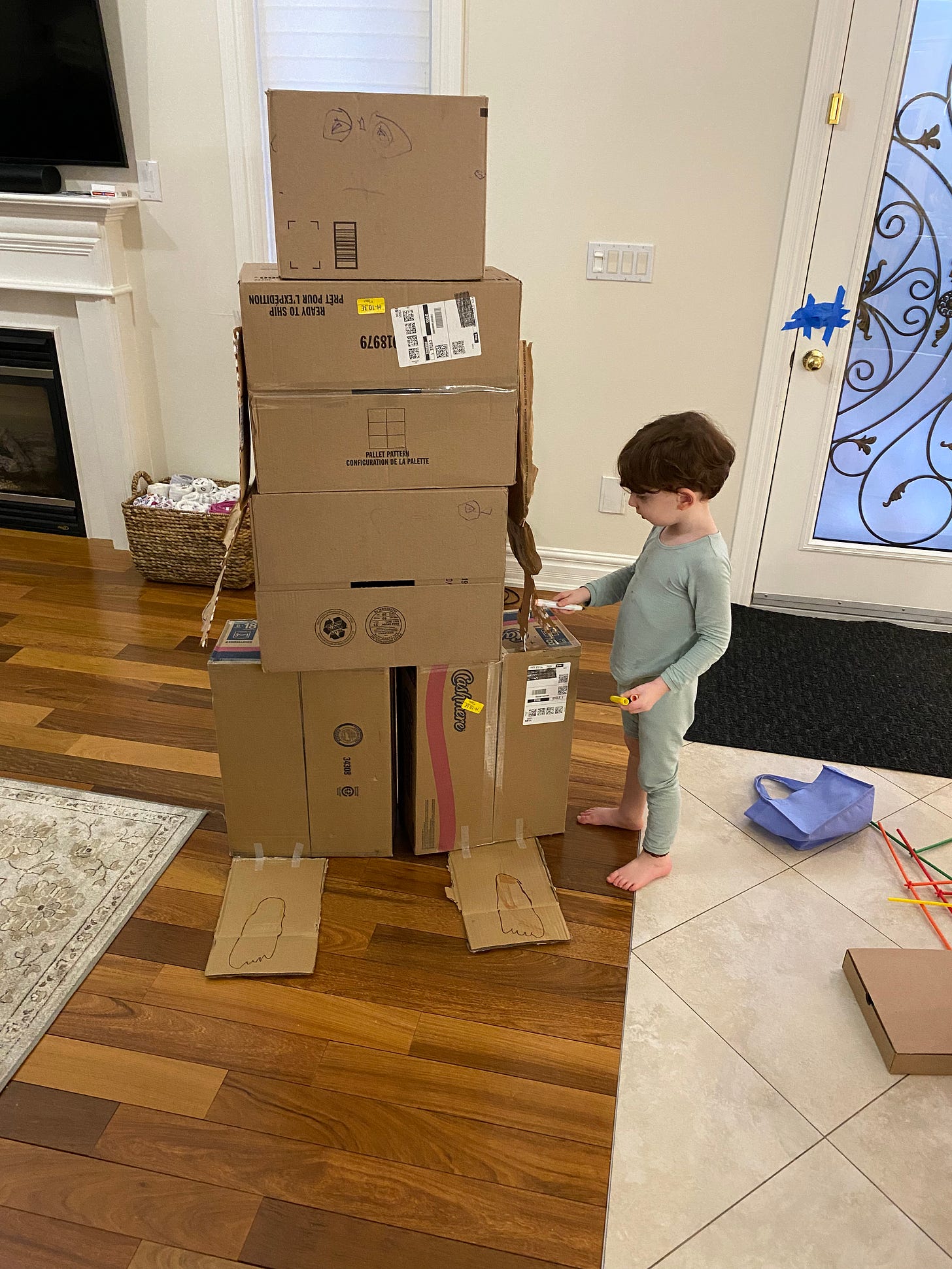Greetings from Mexico City, the temporary home of Considered until Spring 2022. Apologies for the interruption in the regular schedule, I underestimated the difficulty level in getting settled while also wrapping up end-of-year work tasks.
If you are a local reader or coming through town, let us know! You can look forward to some locally influenced content in the new year (like, nixtamalization!). Wishing all of you and yours the best over the holiday season!
For our second annual “Holiday Issue”, we’re considering the Advent calendar. As someone who does not celebrate Christmas, I’ve always been intrigued about these gift-filled calendars and figured this was the perfect opportunity to learn about where they came from, why they exist and what’s with the seeming boom in current popularity.
Design
It is helpful that we just talked about the various religious calendars in our last newsletter, because this is going to get a little confusing. Advent calendars count down the days of the Advent. Now what is the Advent?
The Advent is the beginning of the liturgical year, yet another calendar. This calendar dictates when events like Saint Days or specific religious readings are supposed to occur. The liturgical year is actually a three year cycle of readings and kicks off on the fourth Sunday before Christmas (always landing between November 27 and December 3rd). The Advent is the days from the start of the liturgical year to Christmas Eve.
No one is quite sure how it truly started, but entering the record around 480CE, the Advent was originally a period of fasting similar to Lent. The Second Vatican Council changed the focus to being one of hope for the second coming of Christ. Chocolatiers and wine merchants the world over were ecstatic.
Modern commerce has simplified the Advent Calendar to a standard 24 or 25 day count down starting on December 1st, with a box for every day up to (and sometimes including) Christmas. The layout of days across the calendar was traditionally random, rendering them some of the more difficult to use calendars. Before the windows were filled with chocolates or even jewels as is common today, they contained devotional poems or stories.
The first modern (i.e. paper and disposable Advent calendar) was created in Germany in 1903 by Gerhard Lang. When he was a child, he received 24 cookies sewn onto the lid of a box by his mother and he was allowed to eat one of them every day during the Advent period; as opposed to me who will eat 24 Oreos in one sitting whenever I want. Yes, Oreo has an Advent calendar.
The first mass-produced paper Advent calendar, created by Lang, featured 24 holiday scenes to cut apart and glue atop a grid of 24 numbered Christmas verses. Sales were slow at first but picked up by the mid 1920s. In 1926, he released “The Christmas Rose,” the first Advent calendar to feature chocolate.
Innovation
Over the past 5 years, brands have hopped on Advent calendars as a way to create giftable moments for their most loyal fans. You can find a wide range of themes from dog toys to cheese to coffee or alcohol. Mainly focused on food and beauty, for some brands they are the best selling item of the year.
One of the most popular contemporary advent calendars is by the preserves company Bonne Maman. The Bonne Maman Advent Calendar arrives every year in September and tends to sell out. Interestingly, Bonne Maman is one of our most often suggested topics to consider. Brought back to popular conscious through a tweet about a Holocaust survivor telling another shopper that they were sheltered during WWII by the family that owns Bonne Maman, the jam has a folksy look and feel. In reality, the brand was not created until 1971 by the Andros Corporation, a family owned food packer that itself was established in 1959. While still a family controlled company, Bonne Maman has ignored all of our inquiries to see if there is anything more to their corporate story than a manufactured history.
There is a whole rabbit-hole of TikTok content dedicated to “unboxing” (opening) Advent calendars. User Marc is currently unboxing calendars from Armani, YSL, Kiehl’s, and (most appealing to me) Haribo. Haribo is my favourite of all the candy brands and I am holding out writing about them until they send me at least 50% of their product line to test.
This year’s most controversial Advent calendar has got to be the one by Chanel - yes, that Chanel as in the luxury brand. For $825 (!!!), users expected 25 boxes of premium products. Instead they were underwhelmed with free samples and stickers. Exposed by TikToker Elise Harmon, the brand has since issued an apology for the perceived disconnect between the price and value.
Cost
Advent calendars come in all shapes and sizes. Important to think about what your aesthetic is, or what kind of treats you might want. This My Little Pony Advent Calendar is very accessible at $34. The Bonne Maman calendar mentioned above is coincidentally also $34. For the 420 friendly or the “dopest dad”, there is the 12 Js of Christmas. Unclear what you are supposed to smoke on the remaining 13 days.
Sustainability
Advent calendars of today somehow feel like the Bath and Body Works gift sets popular in the late 90’s/early aughts. These are gifts that meet the bare minimum requirements of gifting: something exciting to open, but at the end of the day you’re left with a bunch of sample-sized items you don’t really want. Not surprisingly, Bath and Body Works has their own Advent calendar.
Gift giving is a skill well worth mastering. The act of gifting is so far removed from the actual value of the actual gift. For me, the most rewarding part of receiving a gift is knowing that another person knows and understands me. Spontaneous and unexpected gifts are my favourite, but everyone has their own preferences (and because gifting is about the recipient, it is about respecting those).
PS
Furoshiki, popular in Japan, are cloths used to wrap gifts in place of wrapping paper or bags. The practice dates back centuries and the cloths can take many forms, but they are often printed in a traditional Japanese wood block style (even if they are often mass screen printed). They provide a fun and reusable way to wrap gifts. I have many Furoshiki that I intended to use for wrapping gifts, but I fell in love with them and was unable to part with them. New years resolution: use more Furoshiki.






